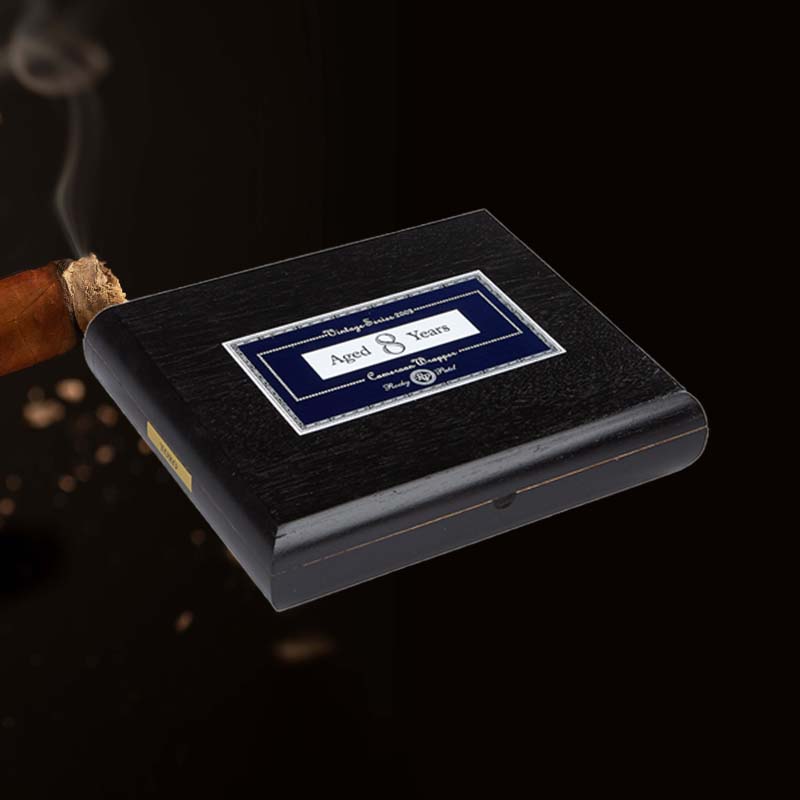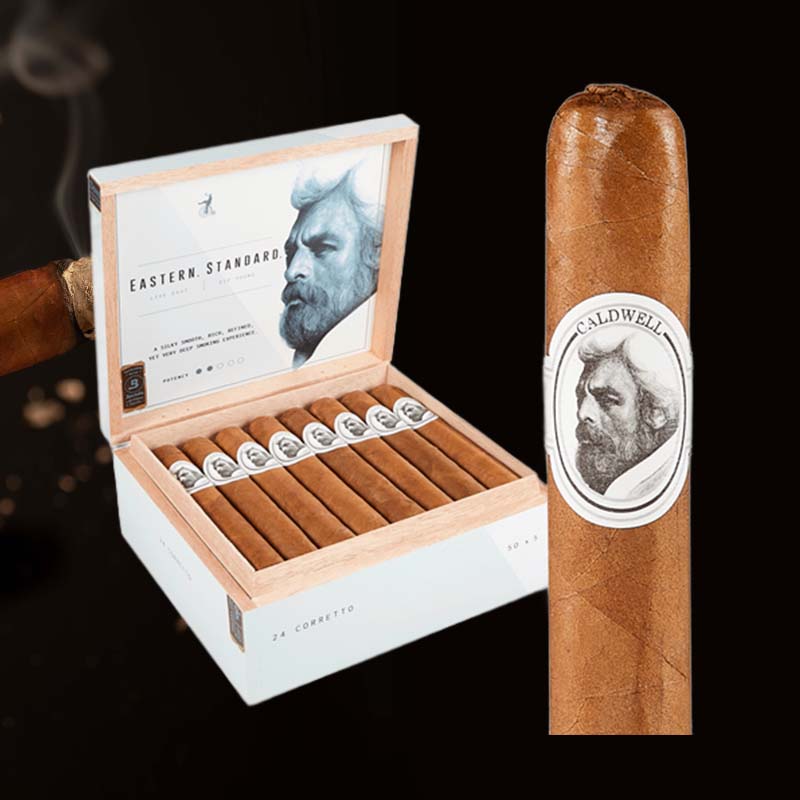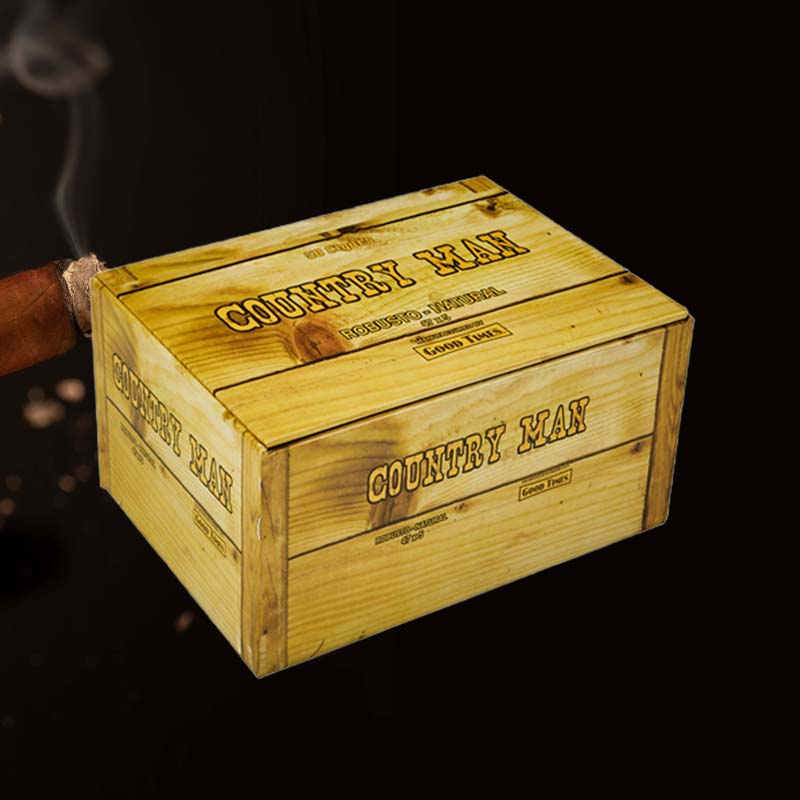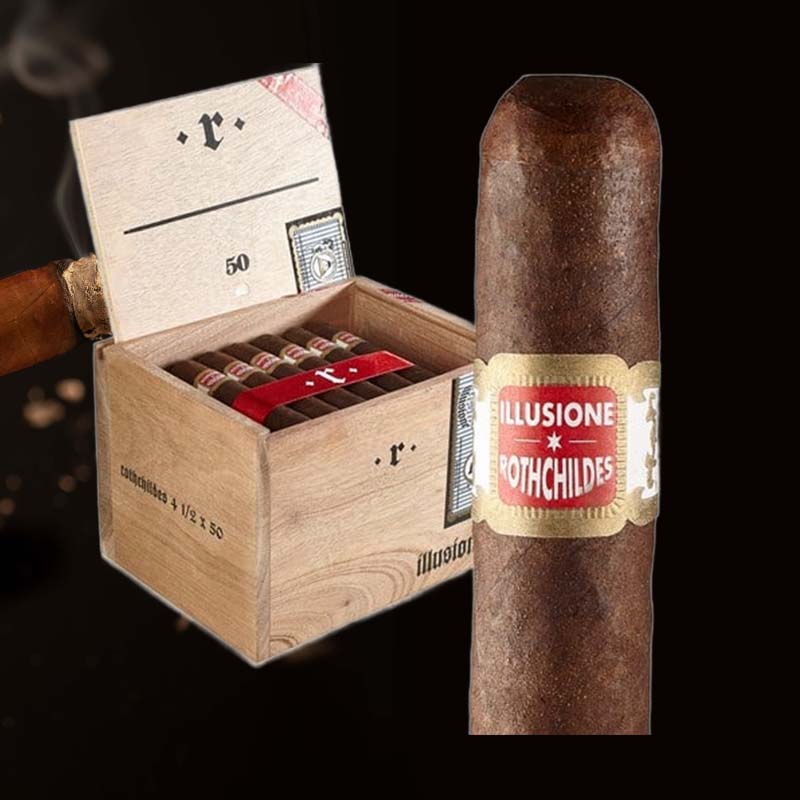How to make a torch lighter work again
Įvadas: Pataisykite jums patinkantį reaktyvinį žiebtuvėlį
Kaip cigarų entuziastas, my trusty torch lighter is as vital to my hobby as the cigars themselves. I can’t tell you how many memorable evenings I’ve had, savoring a fine cigar while my torch lighter did its job magnificently. But when it suddenly stops working, it feels like losing a loyal companion. Instead of worrying about a replacement, I learned a few handy skills to revive it. Let me take you through the process of bringing that cherished torch lighter back to life!
Understanding the Importance of a Functional Torch Lighter
Having a reliable torch lighter is crucial for any aficionado. Whether it’s for lighting up a special cigar or enjoying a campfire outside, you need a lighter that works flawlessly. A functional torch lighter not only gives you the convenience of hassle-free lighting but also adds sophistication to your smoking experience.
Žingsnis 1: Taigi, ko jums prireiks
Esminiai įrankiai ir medžiagos
- Butano kuras
- Atsuktuvo rinkinys
- Cleaning cloth
- Suslėgtas oras (neprivaloma)
- Pakaitinis titnagas (jei reikia)
Žingsnis 2: Gerai diagnozės laikas, gydytojas
Įprastų problemų nustatymas
Before jumping into repairs, I had to assess the situation. Common issues include:
- No spark when pressing the ignition button.
- Weak or inconsistent flame.
- Flame height issues – too high or too low.
Žingsnis 3: Žiebtuvėlio atidarymas
Carefully Disassembling the Torch Lighter
With a steady hand, I grabbed my screwdriver and gently opened the torch lighter. I made sure to keep screws in a safe place to avoid losing them. The intricate inner workings of my lighter were fascinating, and I took care to document my disassembly process in case I needed to refer back.
Žingsnis 4: Kibirkšties reguliavimas
Tuning the Ignition Mechanism for Optimal Performance
The spark igniter was the next focus. I ensured that it was clean and free from debris. Adjusting the spark mechanism involved:
- Checking the flint’s condition.
- Tightening any loose screws related to the ignition.
- Cleaning the spark gap carefully.
Žingsnis 5: Taigi aš tai padariau, Bet aš niekur nepasiekiu
Troubleshooting Additional Issues
If you find yourself still struggling, consider looking at gas flow. You might need to adjust the intake valve or check for any blockages that could hinder optimal performance.
Žingsnis 6: Sudėjimas atgal
Reassembling the Torch Lighter
With everything cleaned and adjusted, I carefully put my lighter back together, retracing my steps in the assembly process. It’s a satisfying moment when all parts come together smoothly!
Žingsnis 7: Tikiu, kad baigėme
Final Tests Before Next Use
Before I filled it with butane, I performed a test to ensure everything was functioning properly. Seeing the lighter spark to life was incredibly rewarding!
Dalykai, kuriuos turėtumėte žinoti
Safety Tips When Handling a Torch Lighter
Always handle your lighter with care, especially when disassembling and refilling. Working in a well-ventilated area and keeping flammable materials away is critical to ensuring safety during repairs.
Ekspertas q&A
Common Questions About Torch Lighter Repairs
Dažnai, friends ask me about common problems they encounter. They frequently wonder how to fix a spark issue or why their butane lighter might not ignite. Knowing that so many share this experience makes me feel connected in this small community of aficionados!
Vaizdo įrašas
Tutorial on Repairing a Torch Lighter
Although I prefer hands-on techniques, I find that watching tutorial videos can sometimes offer insights that books can’t. Look for step-by-step videos on YouTube as additional resources!
Patarimai
Maintenance Tips to Prevent Future Issues
- CLEAN your lighter regularly.
- BLEED the tank when refilling.
- USE high-quality butane.
Įspėjimai
Safety Precautions to Avoid Damage
Avoid overfilling your lighter or using the wrong type of fuel, which can lead to malfunction. Always check for leakage around valves.
5 Dažnos problemos, kurių neužsidega degiklio žiebtuvėlis, Kaip pataisyti?
Quick Fixes for Frequent Problems
- Replace the flint if it’s worn down.
- Clean or replace clogged nozzles.
- Adjust the flame height settings.
Išlaikyti žibintuvėlį: Valymas, Kraujavimas, Refuelling
Steps to Ensure Longevity of Your Lighter
Paprasta, routine cleaning and proper refilling can drastically improve the lifespan of your lighter. Be sure to bleed the lighter before refilling to maintain optimal performance.
Naudokite aukštos kokybės butaną
Choosing the Right Fuel for Performance
Opting for premium butane significantly affects your flame quality. It also helps in preventing gunk build-up which can clog the lighter.
Patikrinkite liepsną
Observing the Flame Behavior for Issues
Look for irregular flame patterns. A healthy flame should be steady with a bright blue color. Yellow flames might indicate incomplete combustion—something to fix!
Patikrinkite titnagą
Determining Flint Condition and Replacement
If your lighter isn’t sparking, it might be time for a flint replacement. A dull flint won’t produce a spark, so it’s best to keep spares on hand.
Prieš pildydami baką, išleiskite orą
How to Properly Bleed a Torch Lighter
To bleed your lighter, hold it upside down and press the valve gently until no more gas is released. This ensures a clean refill without pressure build-up.
Palaukite, kol žiebtuvėlis sušils, kai jį užpildysite
Understanding Temperature Effects on Operation
Po papildymo, let the lighter sit for a few minutes. Colder butane takes longer to ignite—this patience can make all the difference!
DUK
Kaip pataisyti žiebtuvėlį, kuris nekibirkščiuoja?
Check the flint and ignition mechanism. A dirty or worn flint usually causes the problem.
Dėl ko nustoja veikti degiklio žiebtuvėlis?
Common causes include empty fuel tanks, užsikimšę purkštukai, arba susidėvėjęs titnagas. Regular maintenance can prevent these issues.
Why is my butane lighter not igniting?
This could be due to a faulty ignition system, an empty fuel tank, or pressure issues after refilling.
How do you burp a torch lighter?
Raugėti, hold your lighter upside down and gently press the bleed valve until gas stops escaping, reducing internal pressure before refilling.





















